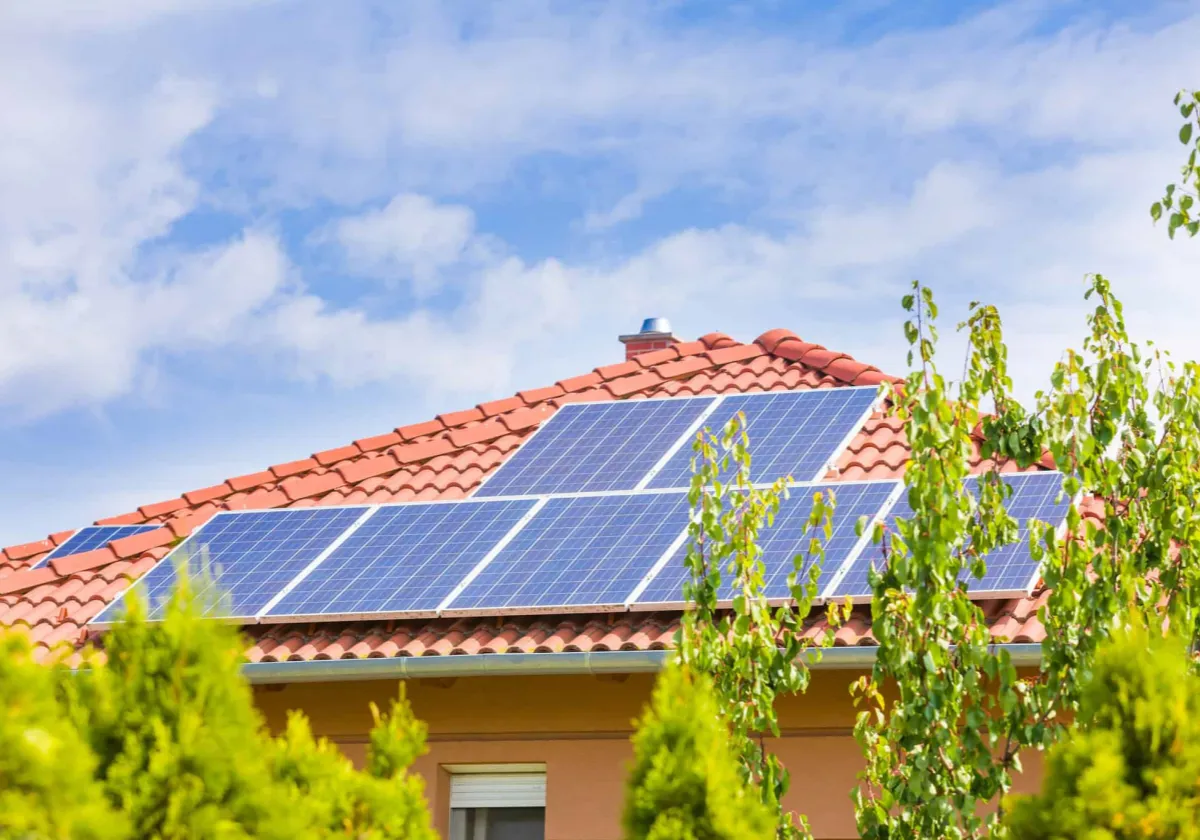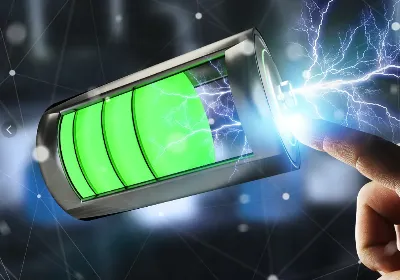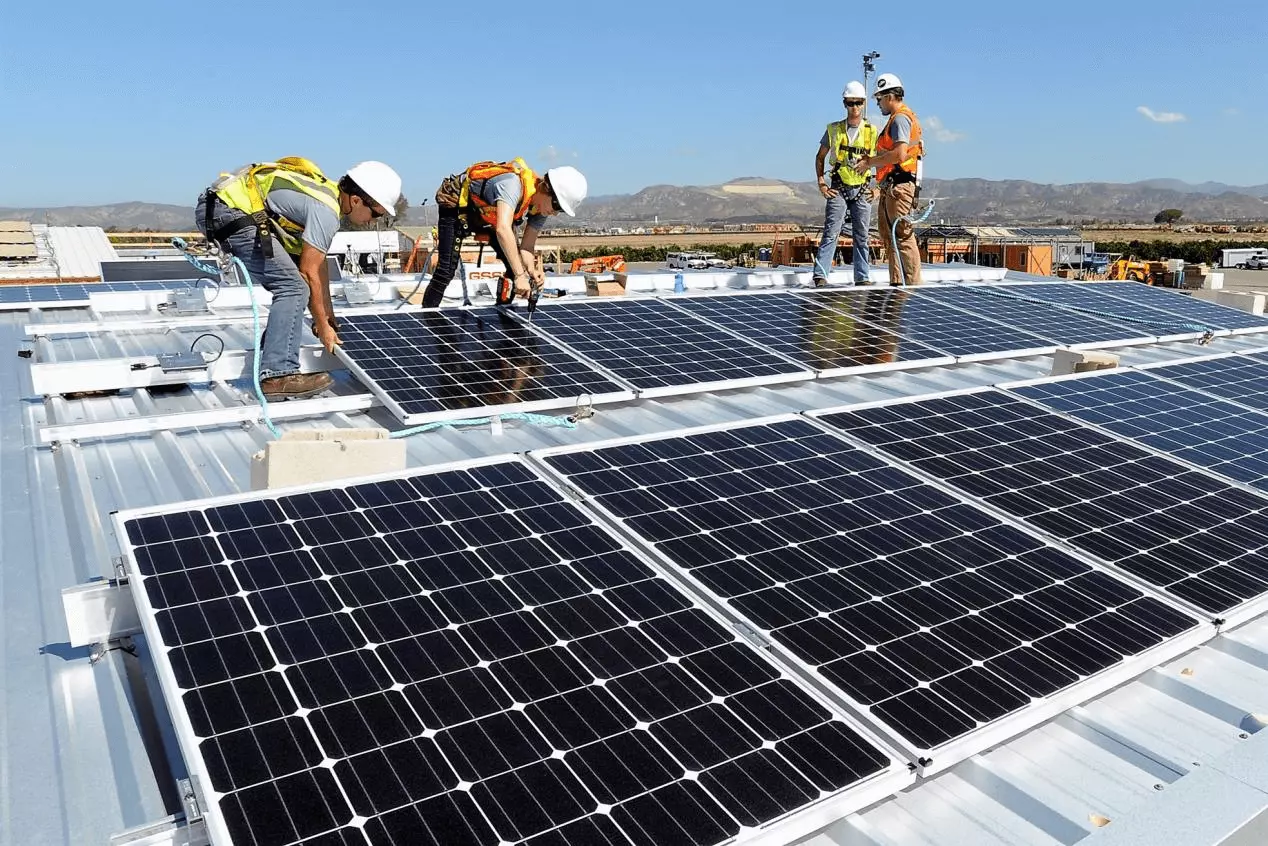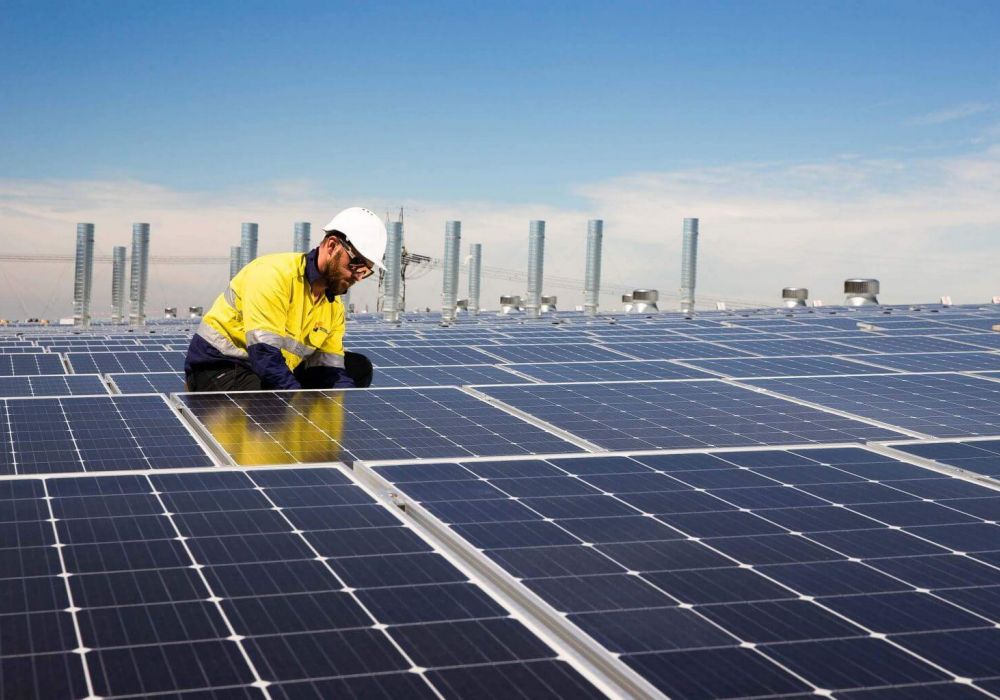How do Solar Photovoltaic Panels Work
How do Solar Photovoltaic Panels Work
Everywhere you go, you see more and more photovoltaic systems. Most people already know that solar panels generate electricity and that they can be installed in homes and businesses to save money on electricity bills or increase income.
How Solar Panels Work: From the Scratch
First, let’s look at the sun. This is a huge nuclear reactor 147.1 million kilometers away from us. It sends energy to the earth all the time. This energy is scattered into the universe in the form of “photons”.
The photons that reach the Earth’s surface every hour provide more electricity than we use all over the world in an entire year.
All of this energy is completely free for you to use.
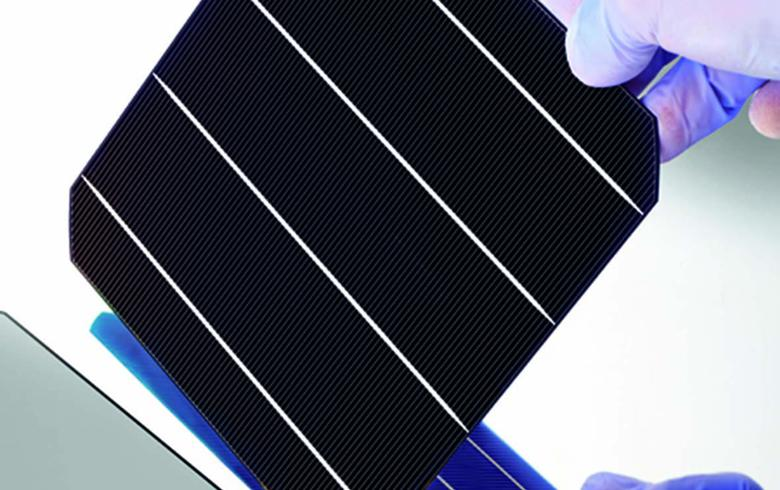
Harness that energy in a practical way – that’s exactly what solar photovoltaic panels do
How do solar panels convert sunlight into electricity?
A solar panel is a collection of many solar cells (photovoltaic abbreviation PV) and is covered with protective glass and fixed together with an aluminum alloy frame. These photovoltaic solar cells are made of the semiconducting material silicon, which is sliced ultra-thin.
Each photovoltaic cell has a negative layer and a positive layer. The negative electrode has excess electrons, and the positive electrode has holes to accommodate these electrons (you can imagine the state where the octopus balls have not been placed in the pot). The electrons are moved by the built-in electric field and at the same time there is a voltage difference, so for a solar panel we just need some energy to break the electrons out of their current confinement so they flow from the negative layer to the positive layer.
Yes, this source of energy is the sun. The photons from the sun that hit the Earth’s surface all the time are the key to solving the problem of how solar panels work.
The energy from these photons frees the electrons in the negative pole of the photovoltaic cell from the magnetic field and moves them, which means we now have an electric current that can flow, which is called the photovoltaic effect.
This is just the beginning of understanding how solar panels work, as these electrons need conductors to travel through and act on electrical equipment. So, how did this happen?
The paths we create for electrons are called circuits. As they leave the negative side of the cell, we want them to flow through our loads (like our LED lights and appliances) so that the electrons can power those loads by the time they reach the positive layer of the cell.
The flow of electricity is important
Solar photovoltaic panels generate direct current (DC), but we use alternating current (AC) in our homes. To solve this problem, an inverter is added to our PV system to convert DC power to AC power.
Inverters are a key factor in determining how a solar panel will work because without an inverter in our photovoltaic system, we cannot do much with the electricity generated by our solar panels.
The main types of inverters are centralized inverters, string inverters, and micro inverters.
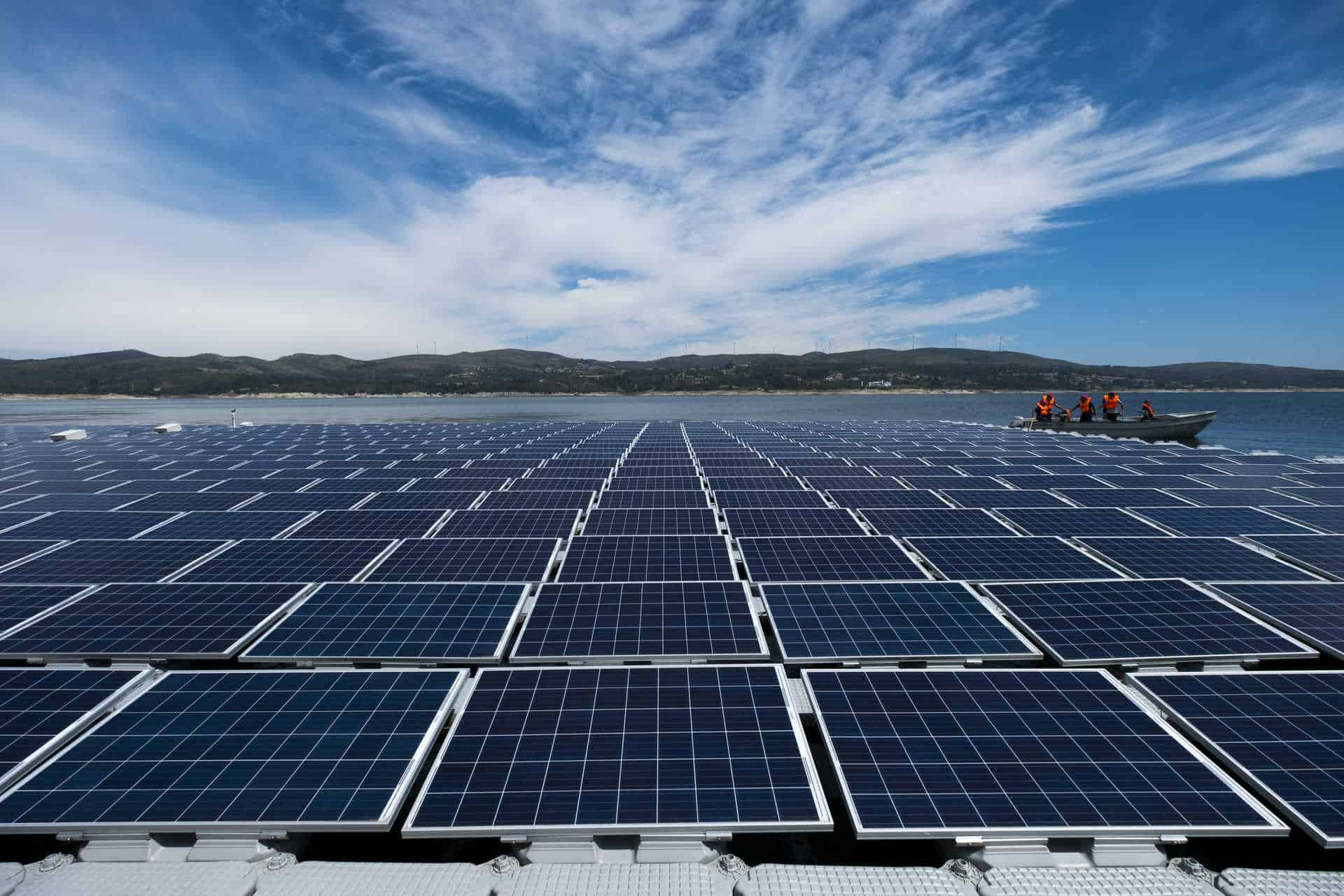
micro inverter
Microinverters are small devices that can be installed directly under solar panels. Microinverters are designed to handle power from one (or sometimes two) solar panels, converting DC to AC on the spot. Some manufacturers even integrate microinverters into solar panels and call them “AC modules”.
String inverter
Larger string inverters designed to convert the DC power of a large number of photovoltaic modules to form a photovoltaic array. They range in size from as small as 3 kilowatts to as large as over 200 kilowatts.
With these solar inverters, you connect solar panels together in series and provide DC voltage to the inverter. The inverter then steps this down to the appropriate AC voltage for the home or business where the system is installed.

